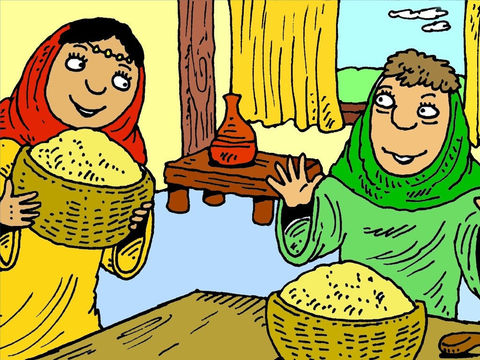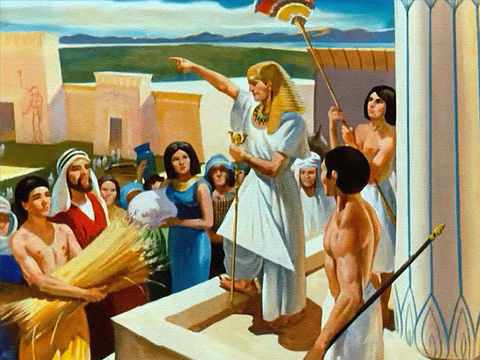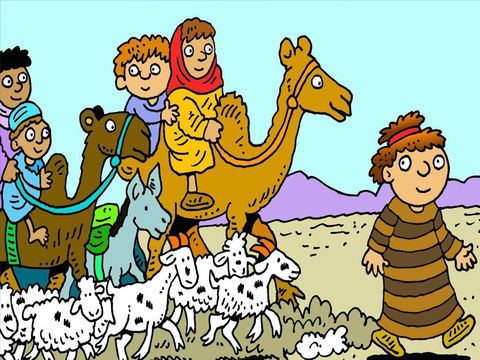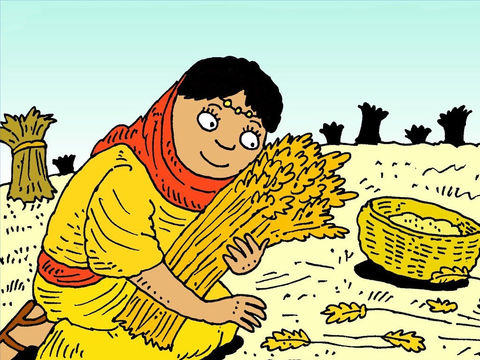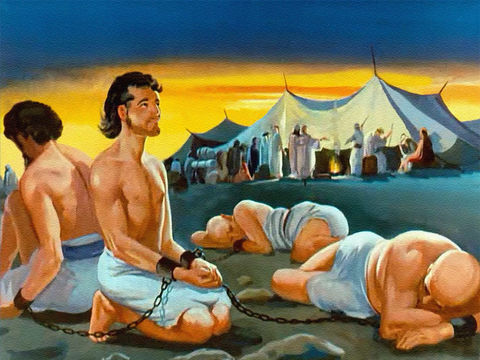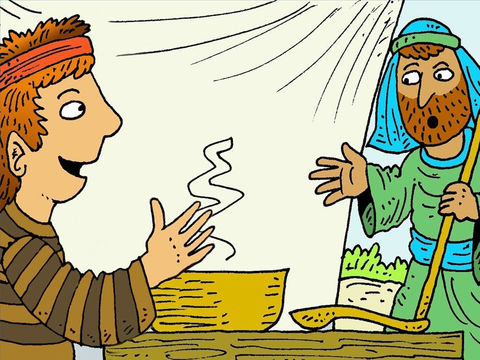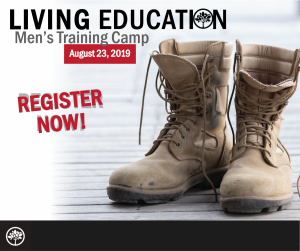Contest Guidelines and Official Rules
Have you ever dreamed of illustrating a book? Do you love drawing cartoons? Is watercolor your middle name? Do you have experience creating vector images on a tablet, or is good old graphite and paper more your style?
We are looking for artists of all ages whose work could be featured in our Special Edition Children’s lessons for the Fall Holy Days.
Français? Cliquez ici!
¿Español? ¡Haga clic aquí!
Subject
The Fall Holy Days: When you think of God’s Fall Festivals, what picture pops into your head? Do you think of an Israelite playing a shiny silver trumpet in front of the tabernacle? Or what about the two goats on the Day of Atonement? Or perhaps you imagine the lion and the lamb to represent the Millenium? Whatever it may be, get ready to put your creativity to good use!
Submit your artwork relating to the Feast of Trumpets, the Day of Atonement, the Feast of Tabernacles, and the Last Great Day. Artwork can depict symbols, church traditions, characters, or Biblical scenes relating to these Fall holy days. We are especially interested in cartoon-style work, although we will accept any style acceptable to be used with our Special Edition Children’s lessons publication, “God’s Fall Festivals: A Study Guide for Parents Teaching their Children God’s Way”.
What kind of artwork are we looking for?
Submitted artwork can be prepared in any 2-D medium (e.g. graphite, ink, colored pencils, charcoal, pastels, watercolor, paint,). Artwork done in either traditional or electronic medium will be accepted. Keep in mind that we are looking for artwork that is neat, and ready to use in our various publications.
Submissions should be the highest quality you are able to provide (i.e. free of wrinkles, stains, eraser markings, etc.). If applicable, set scanner, export, or camera settings to submit high-quality images. .
Who is eligible?
Artists of any age are invited to submit their best work. Artwork will be evaluated in three categories based on three age groups.
Group 1 | 12 and under
Group 2 | 13 – 20 yrs
Group 3 | 21 – 121 yrs
Contest Dates/Deadlines
Contest Opens: August 15, 2019
Last day for entries: September 20, 2019
Results Posted: September 27, 2019
How to Enter
All entries must be submitted to our online Fall Holy Days Art Contest Entry Form which will be made available for artists on Aug 15. All artists must provide their name, age, a valid email address, congregation, a few sentences about themselves, and a short description of their artwork along with their submission. Artists submitting work for Group 1 will need their parents approval to enter. If you don’t have internet access or a means of creating electronic copies of your artwork, perhaps ask someone in your local congregation for assistance.
Official Rules
- No artwork with depicted images of God, Jesus Christ, or heavenly creatures
- Original work only – no plagiarism or copyrighted material
- Images must be appropriate for viewing by children ages 12 and under
- Living Education reserves the right to reject submissions containing inappropriate content.
- Artists must submit their work under their own name in their appropriate age category
- Artists may submit up to two pieces of artwork each
Disclaimer:
Submitting artwork for the Living Education Fall Holy Days Art Contest transfers to Living Education the right to use and modify artwork for the purpose of education, and/or promotional publication. Living Education agrees that any submitted artwork will not be used for any purposes of financial gain.
Winners*
The top selections from each category will be used in our weekly Children’s Lessons or in our Special Edition – God’s Fall Festivals packet**. It will be displayed on our website’s “Updates” blog along with a short biography of the artist and a description of the artwork. Artists will receive name credit with any artwork used in our publications. Also, winners of each age group will receive a small prize from our Living Education memorabilia.
Artwork which receives honorable mention will be displayed on our website’s “Updates” blog along with a short biography of the artist and a description of the artwork.
*If your artwork is selected, you will receive notification by email.
** There may be special opportunities available for outstanding artists to join our illustration team for the Living Education Children’s Bible Program which may involve many different types of projects and initiatives.
For more information on the guidelines of this contest, or for other questions contact:
Rebekah Ross | Living Education – Children’s Bible Program Staff
[email protected]
704-708-2295
